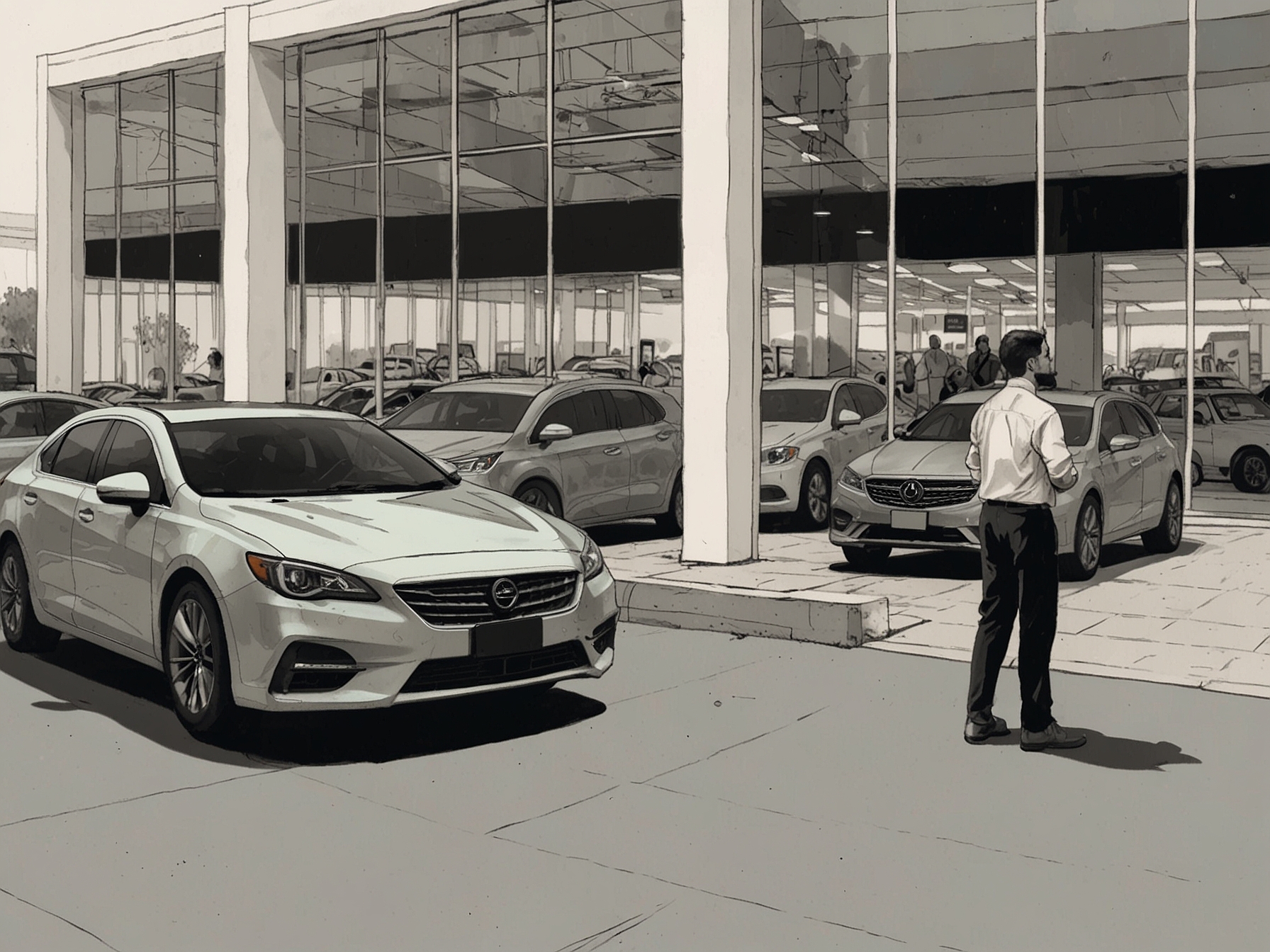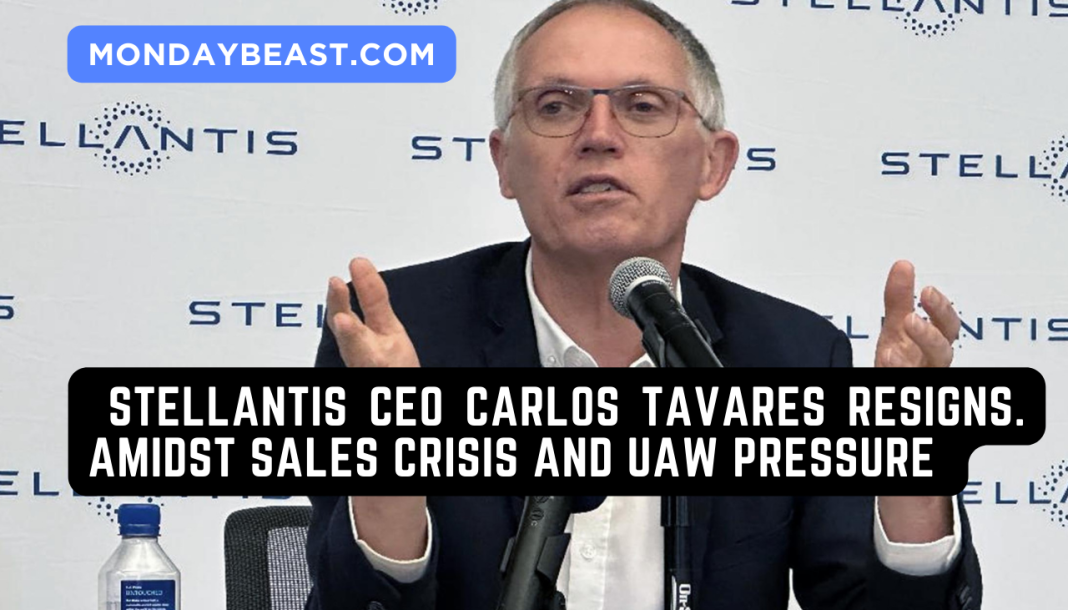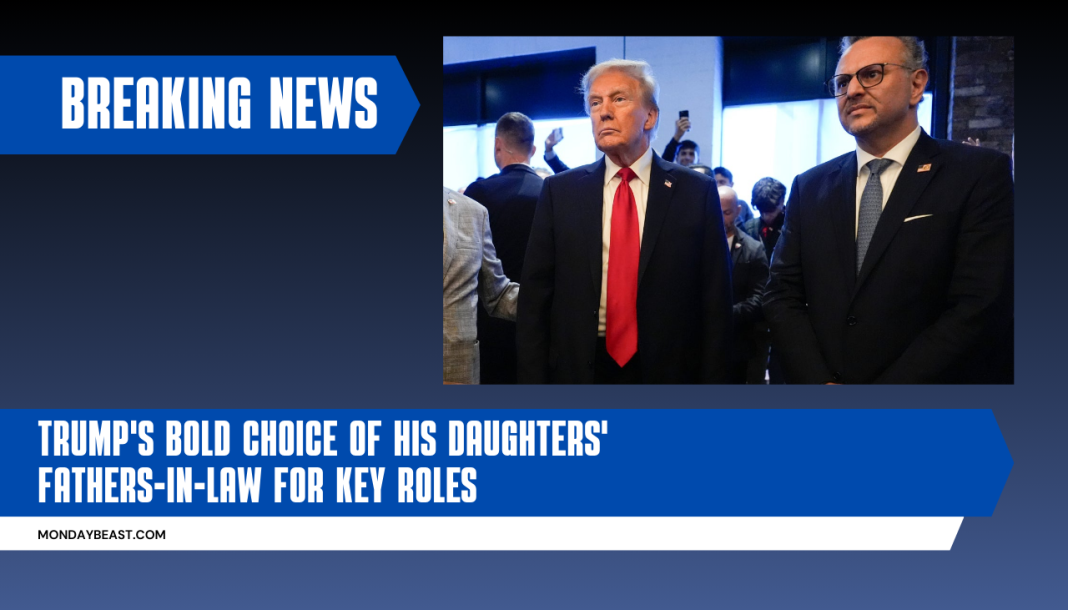Stellantis has made headlines this week as Carlos Tavares steps down as CEO. But what led to this significant decision? The company, known for brands like Chrysler and Jeep, is facing turbulent waters. Sales are down, and the pressure from both the board and the United Auto Workers union rose to a breaking point.

Tavares, once hailed as a driving force behind the merger of PSA Group and Fiat-Chrysler, now leaves amid mounting challenges. As an American consumer, you might be wondering how this could affect your next vehicle purchase. The landscape of the automotive market is shifting, and Tavares’ exit raises questions about the direction Stellantis will take.
Disappointing sales reports reveal a grim reality for Stellantis. A staggering 10% drop in global sales was recorded in the first half of the year, with U.S. sales crashing down 17% over nine months. What does this mean for the future? The company has an oversupply issue, with many unsold vehicles sitting on lots. This issue is mirrored in many dealerships across the nation.

The average vehicle price has surged incredibly high, often pushing loyal customers away. In fact, the average price of a Stellantis vehicle hit $58,000. How can consumers continue to support brands that are pricing themselves out of reach? The frustrations of loyal customers are palpable. Tavares’ departure signals a growing disconnect between the automaker and its traditional buyers.
Layoffs at various plants only add to the discontent among workers. As a potential vehicle buyer, could you imagine the impact of laid-off workers on your local dealership’s inventory? Recently, Stellantis laid off about 1,200 workers, cutting shifts and halting production in many plants. The mood on the factory floor must be heavy with uncertainty.

The union’s stance on this matter cannot be ignored. The UAW’s criticism of Tavares has been sharp, shedding light on broader concerns of mismanagement. The statement from the UAW welcoming his resignation hints at the depth of their discontent. What reforms will the new leadership bring? Will Stellantis lead a positive change?
Let’s take a moment to acknowledge how this change can shed light on missteps and pave the way for improvement. Kevin Farrish, the chairman of Stellantis’ U.S. dealers council, placed much of the blame on Tavares. According to Farrish, there was a lack of focus on consumer pricing and production. This disconnection struck a chord with many who depend on these vehicles daily. Is this a wake-up call for the automotive industry?
Overall, the resignation of Tavares opens up a myriad of paths for Stellantis. Amid its struggles, will the next CEO prioritize both profit and customer satisfaction? The industry watches closely, hoping for a turnaround that brings quality cars back to the forefront. After all, these vehicles are not just machines; they are part of families across America, filled with countless memories on the road.
As we bid farewell to Tavares as CEO, we must also reflect on the lessons we learn from his tenure. This is not just about one man’s exit; it’s about the future of a company and its significance in the automotive landscape. Tavares’ 36.5 million euro payout amid cuts and layoffs is telling. It leaves us wondering about the balance between reward and accountability in leadership.
A fresh start is now upon Stellantis. The interim Executive Committee could offer insights into a new strategy. With the company’s direction set to shift, there’s hope for a renewed commitment to customers and employees alike. How will this affect the employees and customers still left behind? Time will tell, and as consumers, it’s crucial to stay informed.
As Stellantis navigates this transformation, let’s remain engaged. Knowledge is power, after all. Consumer input matters in these discussions, especially as we consider the full consequences of leadership changes. Can we create an automotive environment that benefits everyone? That is the challenge as we look ahead.




